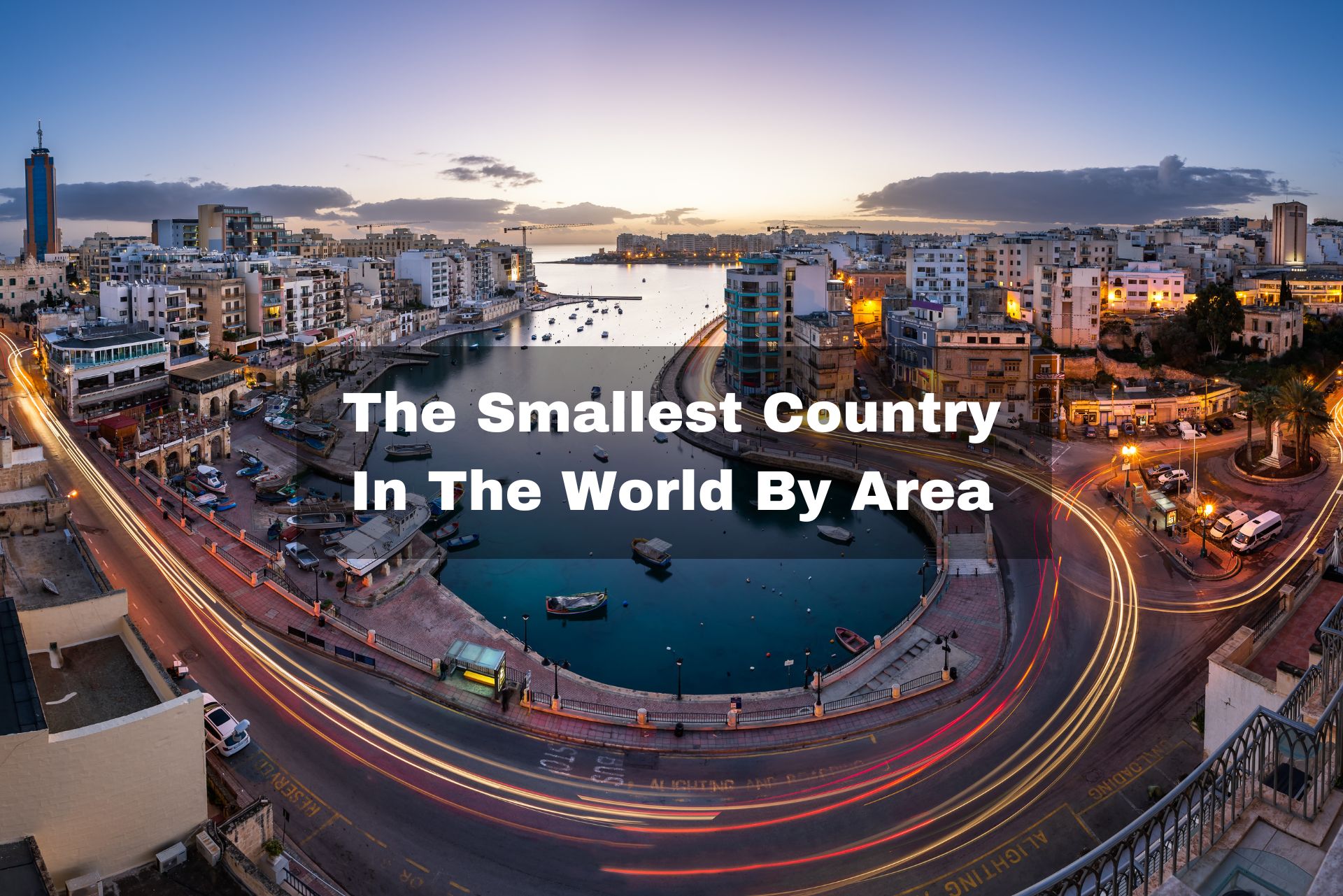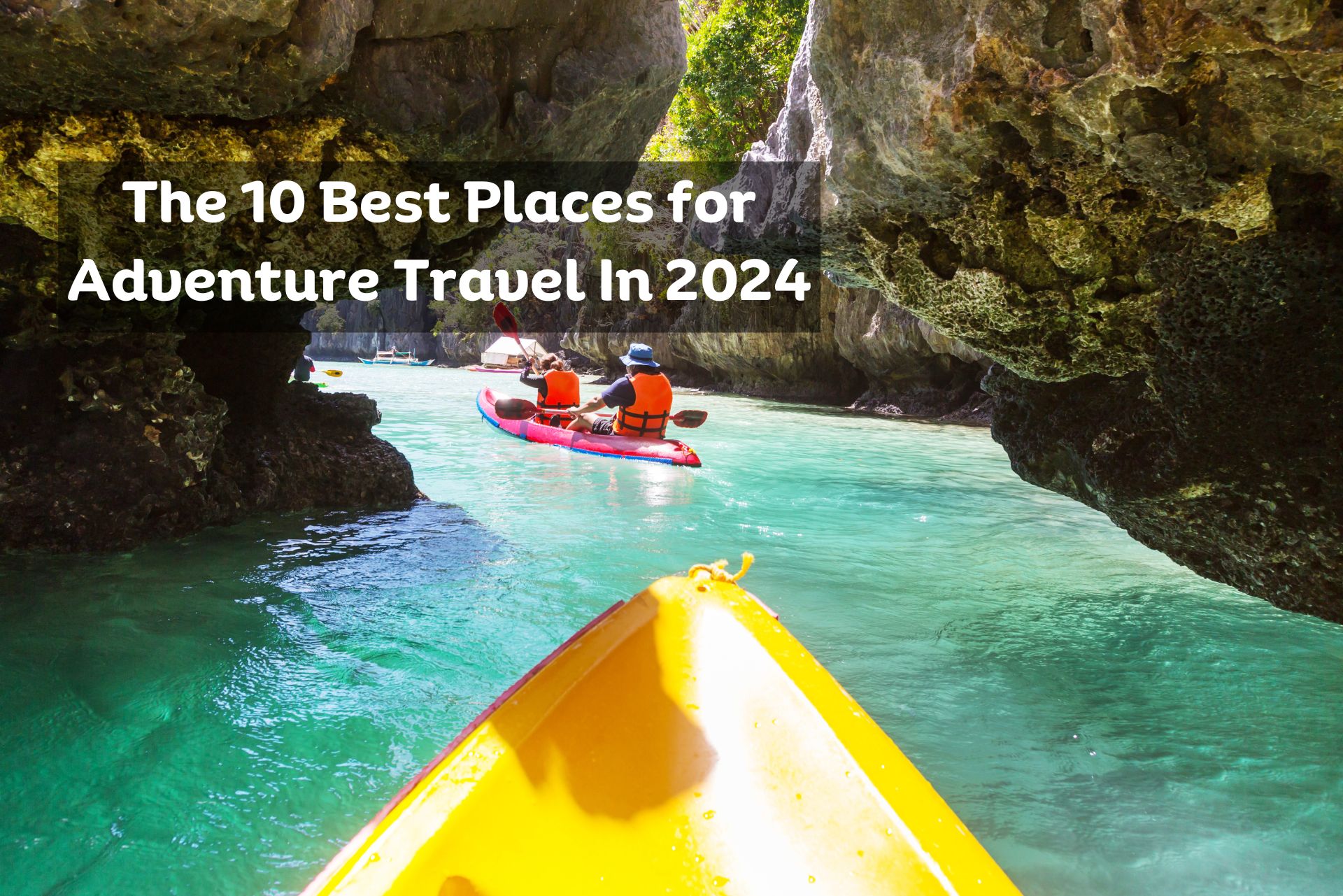Among the vast tapestry of countries, some become prominent not by their size but because they are small. Olivia Munson takes us into the fascinating domain of the smallest countries in the world, discussing the smallest by Area.
While Russia, Canada, and the U.S. have huge territories, the focus here is on the more compact counterparts. Size, in this context, is not solely determined by land area but encompasses various metrics, including population.
Among the smallest countries located in the Caribbean and the South Pacific Ocean, one country reigns supreme in terms of compactness. Vatican City, as highlighted by worldatlas.com, claims the title of the smallest country globally. Situated within the boundaries of Rome, Italy, this nation-state serves as the epicenter of the “Roman Catholic Church.”
The list of the top 10 smallest countries is described as follows:
1. Vatican City (0.19 square miles)

Vatican City – 0.19 square miles is the “world’s smallest independent state.” This microstate is an enclave located in Rome, Italy and it’s known to be the “hub of the Roman Catholic Church.” With famous cathedrals such as “St. Peter’s Basilica” and the “Sistine Chapel,” Vatican City is a place of pilgrimage for millions of Catholics globally. It is fitting that the spiritual nucleus of Catholicism reflects its compactness
2. Monaco (0.78 square miles)

Monaco is a small principality located on the glittering French Riviera that oozes grandeur and magnificence. 0.78 square miles, Monaco is recognized as a playground for the wealthy around the globe including its famous Monte Carlo Casino and Grand Prix circuit. Besides its glittering casinos and well-to-do shops, the charm of Monaco also lies in a beautiful coastline as well as the notable Oceanographic Museum.
3. Nauru (8.1 square miles)
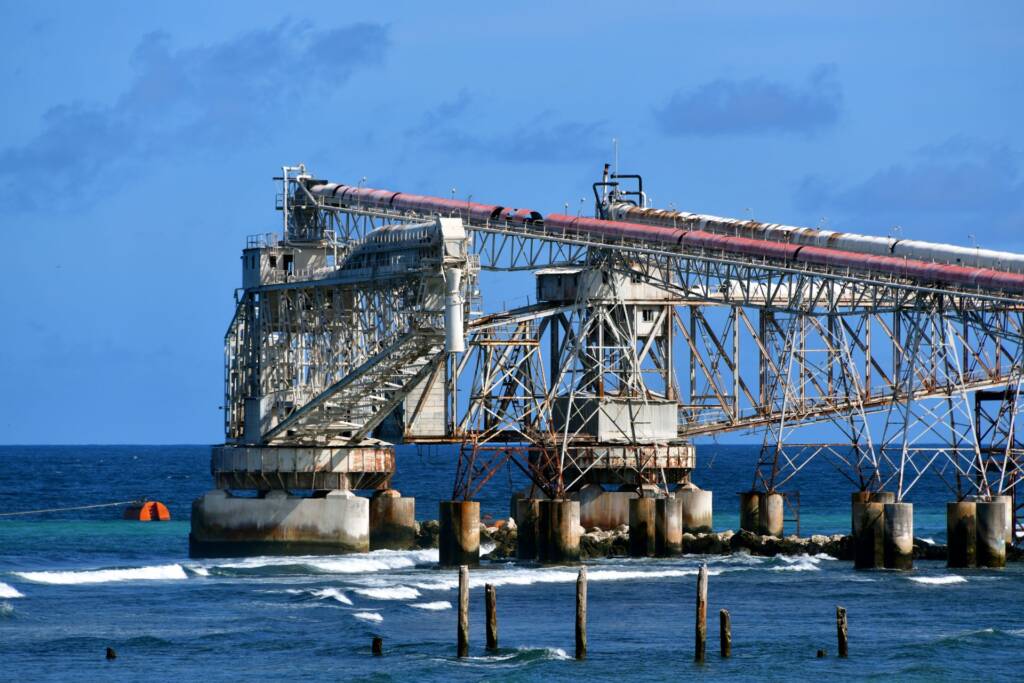
Nauru is an “island nation” located in Micronesia, occupying 8.1 square miles of territory. With ecological features such as the Buada Lagoon, Nauru has been hit by environmental problems arising from phosphate mining. Nauru was once one of the richest nations per capita due to phosphate deposits, but its complex relationship between economic development and environmental sustainability shows.
4. Tuvalu (10 square miles)
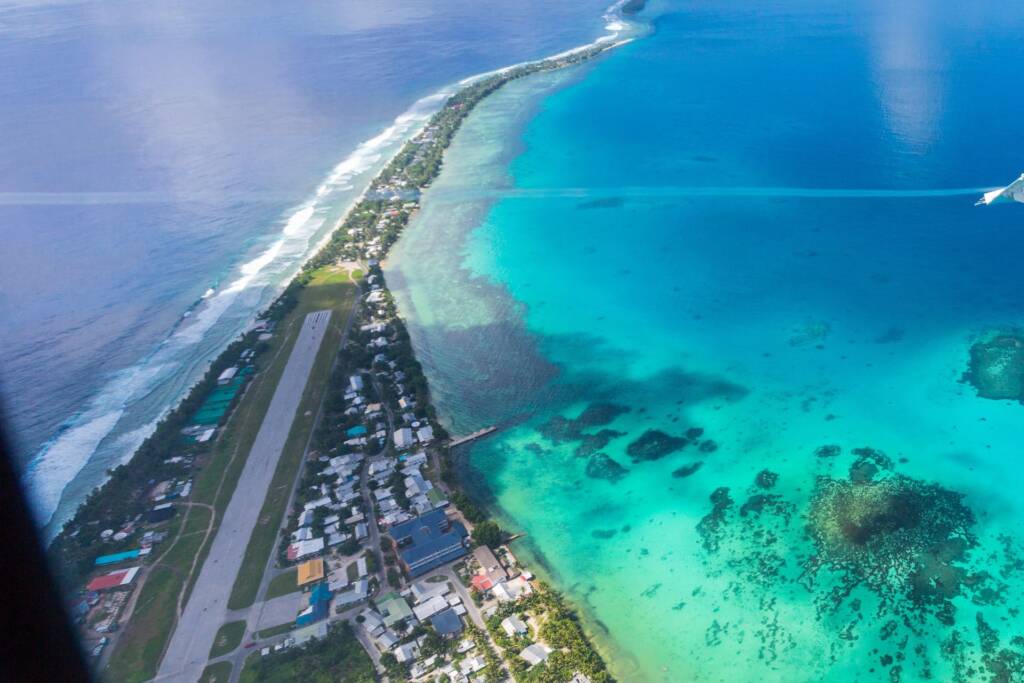
Tuvalu consists of a few dots scattered over the huge oceanic surface with an area of 10 square miles. Smaller island nations to the threat of sea levels rising as a result of changing climates. Tuvalu may be tiny but it is rich in Polynesian culture and has beautiful coral reefs. Small island states are vulnerable to the effects of climate change seen in this nation.
5. San Marino (24 square miles)

San Marino is “landlocked” in Italy and has a total area of 24 square miles. Although small in size, this ancient republic is one of the world’s oldest sovereign states. Boasting a deep cultural history, such as the UNESCO-inscribed historic center of San Marino, this microstate provides an opportunity to see medieval Europe in its picturesque setting.
6. Liechtenstein (62 square miles)
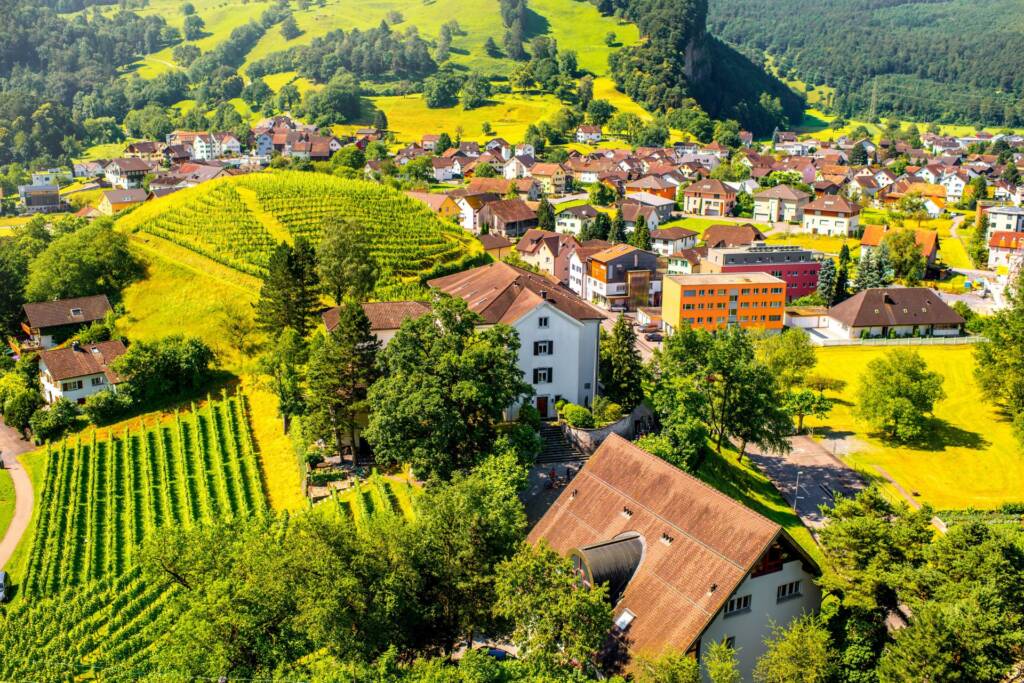
Bordered by Switzerland and Austria, Liechtenstein covers 62 square miles. This Alpine microstate is not only small but also famous for its amazing views and surroundings. Liechtenstein is a small country with a vast natural landscape that allows opportunities for outdoor enthusiasts in terms of hiking and winter sports.
7. Marshall Islands (70 square miles)
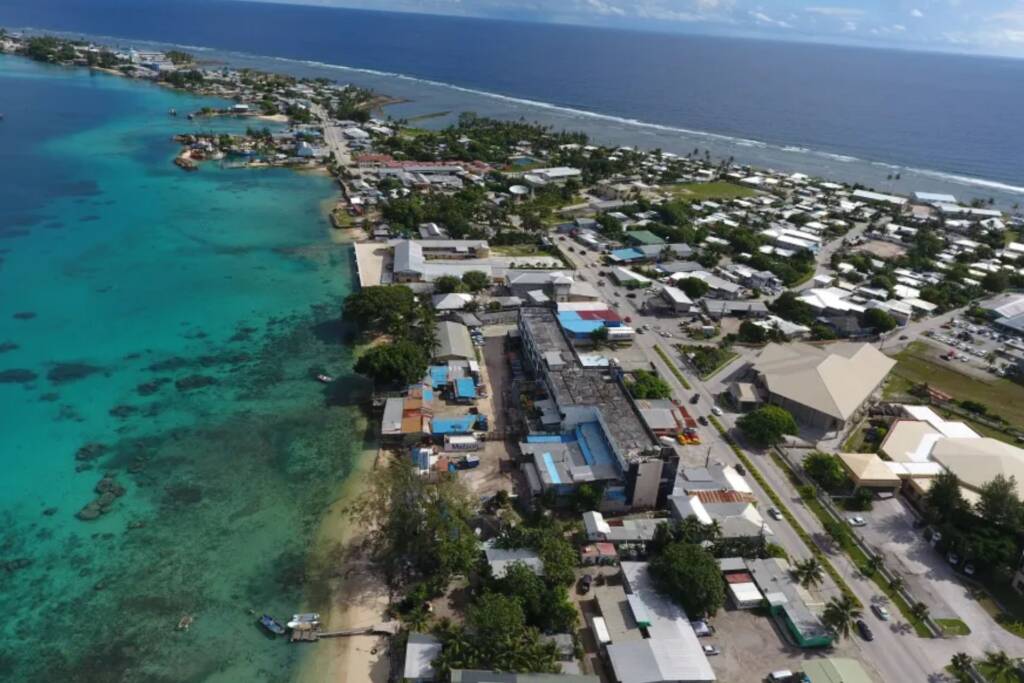
The “Marshall Islands” are found in the central Pacific and occupy approximately 70 square miles. Consisting of atolls and islets, this country has both marine beauty with geopolitical importance. Global geopolitics involving matters such as nuclear testing and climate change have also been associated with the strategic position of the Marshall Islands.
8. Saint Kitts and Nevis (101 square miles)
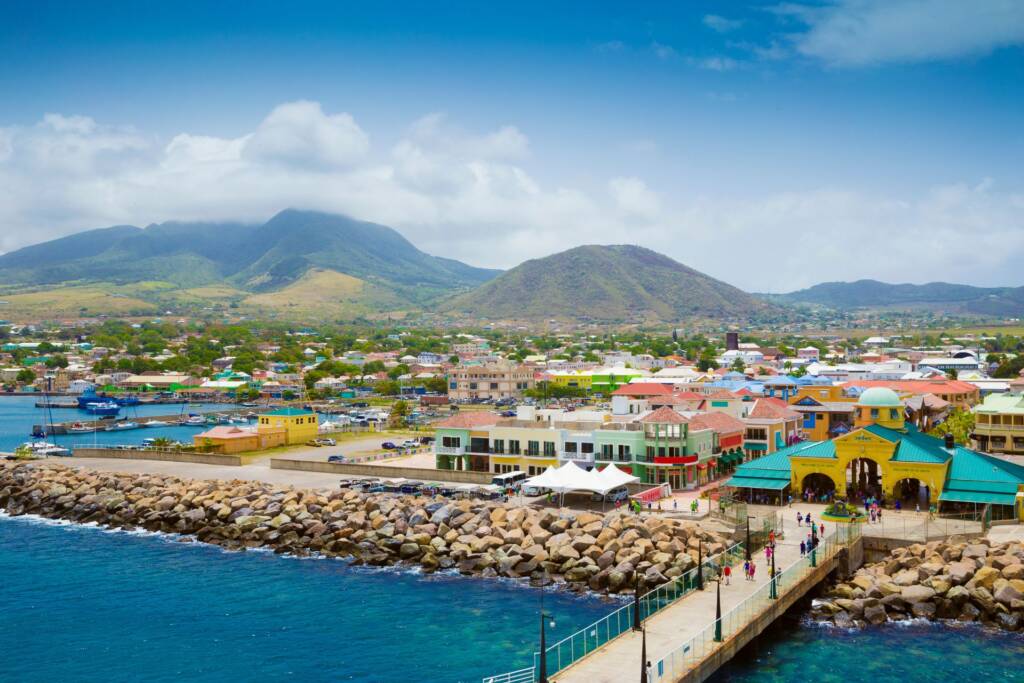
A pair in the Caribbean, Saint Kitts and Nevis together occupy 101 square miles. These islands represent an ideal combination of natural beauty and colonial history filled with pristine beaches and lush landscapes through which one could effortlessly stroll around. They manage to fill their relatively tiny space with the cultural richness of the historic Brimstone Hill Fortress and carnival celebrations.
9. Maldives (120 square miles)
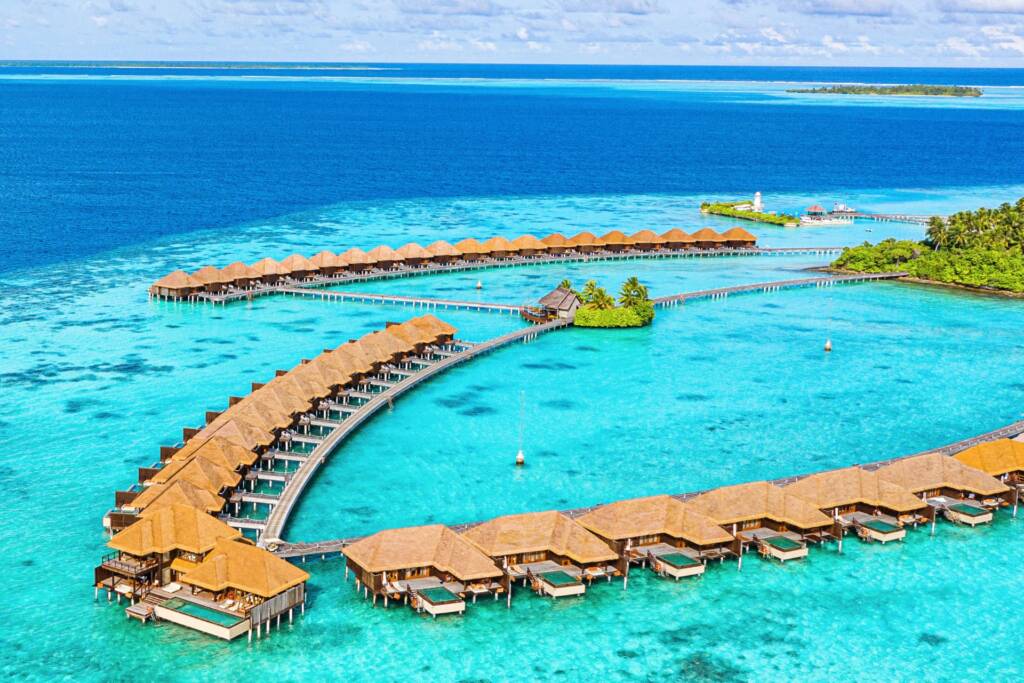
With 120 square miles of coral islands in the Indian Ocean, Maldives is famous for its breathtaking atolls. In addition to its small size, the Maldives attracts attention with its stunning underwater landscapes and is a popular destination for luxury tourism as well as diving. The fact that low-lying islands are substantially vulnerable due to sea-level increases reflects the scale of difficulties these island countries have.
10. Malta (122 square miles)

Located on the coast of the Mediterranean Sea, Malta makes up to number 10 with an area measurement of about 122 square miles. Although it is quite small in terms of geography, Malta has a long and interesting history that started from ancient societies.
Capital Valletta is under the presidency of UNESCO’s World Heritage site and the islands’ position in the Mediterranean has created it to be a crossroad for diverse cultures. Malta effortlessly combines rich history with contemporary sophistication, showcasing just how much importance can be packed into a relatively small area.
Conclusion
In conclusion, the top 10 smallest countries ranging from the spiritual haven of Vatican City to fabulous Monaco and through ecological gems like Nauru show a remarkable range in diversity as well as resilience. Microstates though small in land size have distinct histories, immigration challenges, and contributions to the international platform.
Such a country as San Marino is rich in culture and significant for its location; the Marshall Islands, and Maldives with breathtaking landscapes of colonial history – these countries prove that it is not big but important.
These little countries, imprisoned in their tiny spaces are the best examples of how varied our world can be – where the smallest corners matter most when it comes to taking influence while preserving heritage and sometimes even confronting challenges that have a global impact.
